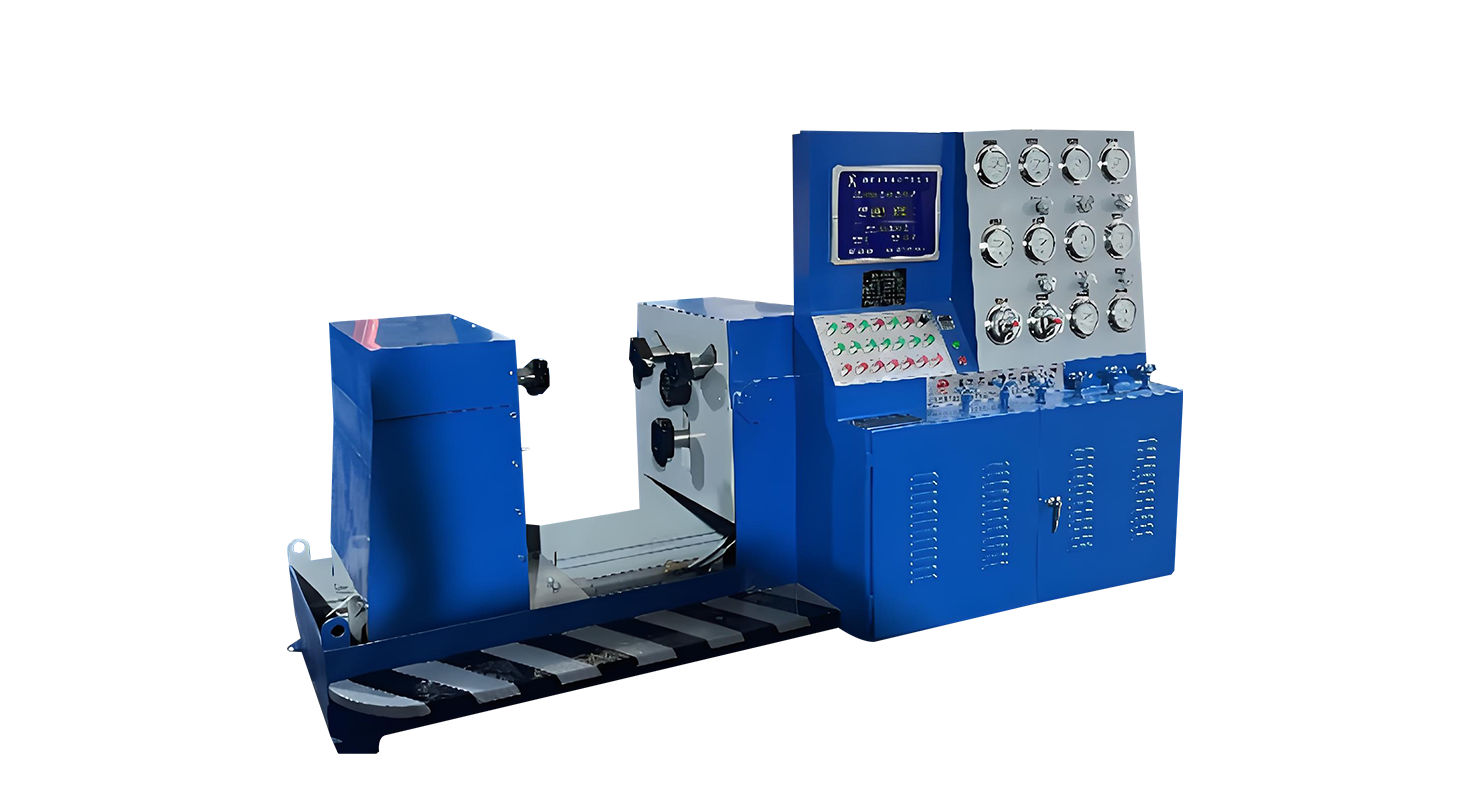Jun 25, 2025
Pneumatic valve test benches are widely used in industrial environments for evaluating valve performance, leak tightness, and pressure resistance under various conditions. To ensure accurate test results and long-term reliability, regular maintenance of pneumatic valve test benches is essential. In this article, we will explore practical maintenance tips for pneumatic valve test benches and also discuss the maintenance considerations for dual pressure valve test stands and valve assembly test benches.

Daily Inspection for Pneumatic Valve Test Benches
One of the key steps in maintaining a pneumatic valve test bench is performing daily visual inspections. Operators should check for signs of air leakage, damaged hoses, loose connections, and worn seals. Pneumatic systems depend on airtight integrity, so even minor leaks can affect testing accuracy and equipment efficiency.
It is also recommended to monitor pressure gauges and control valves for proper functionality. A pressure gauge that does not return to zero or fluctuates irregularly may indicate internal issues that need attention. Regular cleaning of control panels, fittings, and the working surface helps prevent dust buildup that can interfere with pneumatic components.
Lubrication and Air Quality Management
Pneumatic valve test benches rely on clean and dry compressed air. Moisture and debris in the air supply can cause internal corrosion and reduce the lifespan of valves and actuators. It is important to inspect and replace air filters, water separators, and lubricators regularly.
Applying suitable pneumatic oil in the system helps maintain smooth operation. The lubrication schedule should follow the manufacturer's guidelines to ensure consistent performance without over-lubricating, which can attract dust and cause clogging.
Pressure Regulation Checks
Maintaining stable air pressure is critical for accurate valve testing. Pressure regulators should be inspected periodically for consistent output. If irregular pressure fluctuations occur during testing, the regulator may require cleaning or replacement.
When using a dual pressure valve test stand, it is particularly important to ensure that both low and high-pressure circuits are correctly calibrated and free from leaks. Dual pressure systems allow operators to test valves under different pressure conditions within the same equipment, and any imbalance between the two circuits can result in unreliable test data. Regularly checking both pressure settings and associated safety valves is necessary to maintain reliable performance.
Periodic Calibration
Accuracy is the foundation of any valve testing process. Pneumatic valve test benches, dual pressure valve test stands, and valve assembly test benches should all undergo scheduled calibration to verify that sensors, gauges, and measurement instruments are delivering correct readings.
Calibration should be performed according to the relevant industry standards and documented carefully. It is beneficial to establish a routine calibration schedule based on the frequency of equipment use and the required testing precision.
Maintenance of Dual Pressure Valve Test Stands
In addition to the shared maintenance practices with pneumatic systems, dual pressure valve test stands require focused attention on the pressure switching mechanisms. These stands often use separate circuits to deliver different pressures for valve testing. Inspecting solenoid valves, seals, and pressure lines for cross-contamination is important to avoid errors during dual pressure operations.
Drainage of condensate from the system is another crucial step, as moisture trapped within the low or high-pressure circuits can cause inconsistent test results or premature component wear.
Valve Assembly Test Bench Maintenance
A valve assembly test bench is typically used to test complete valve units, including seats, stems, and actuators. This type of test bench often integrates mechanical, pneumatic, and sometimes hydraulic systems.
For valve assembly test benches, regular inspection of clamping devices and alignment tools is necessary to ensure accurate positioning during tests. Misalignment can result in uneven force distribution and incorrect measurements.
Lubrication of moving parts, verification of torque tools, and inspection of actuator mounting frames are key maintenance activities. Additionally, ensuring that safety guards and emergency stop functions are fully operational contributes to safe and efficient testing.
Recording and Documentation
Maintaining a detailed maintenance log for pneumatic valve test benches, dual pressure valve test stands, and valve assembly test benches helps track the condition of equipment over time. Documenting inspections, repairs, calibration dates, and component replacements allows operators to identify patterns and schedule preventative maintenance more effectively.
Proper maintenance of valve test equipment supports consistent performance, extends service life, and ensures safe operation. Whether using a pneumatic valve test bench, a dual pressure valve test stand, or a valve assembly test bench, regular inspections, proper lubrication, air quality management, calibration, and thorough documentation are essential. These practices help maintain reliable testing conditions and contribute to the overall efficiency of valve quality control processes.